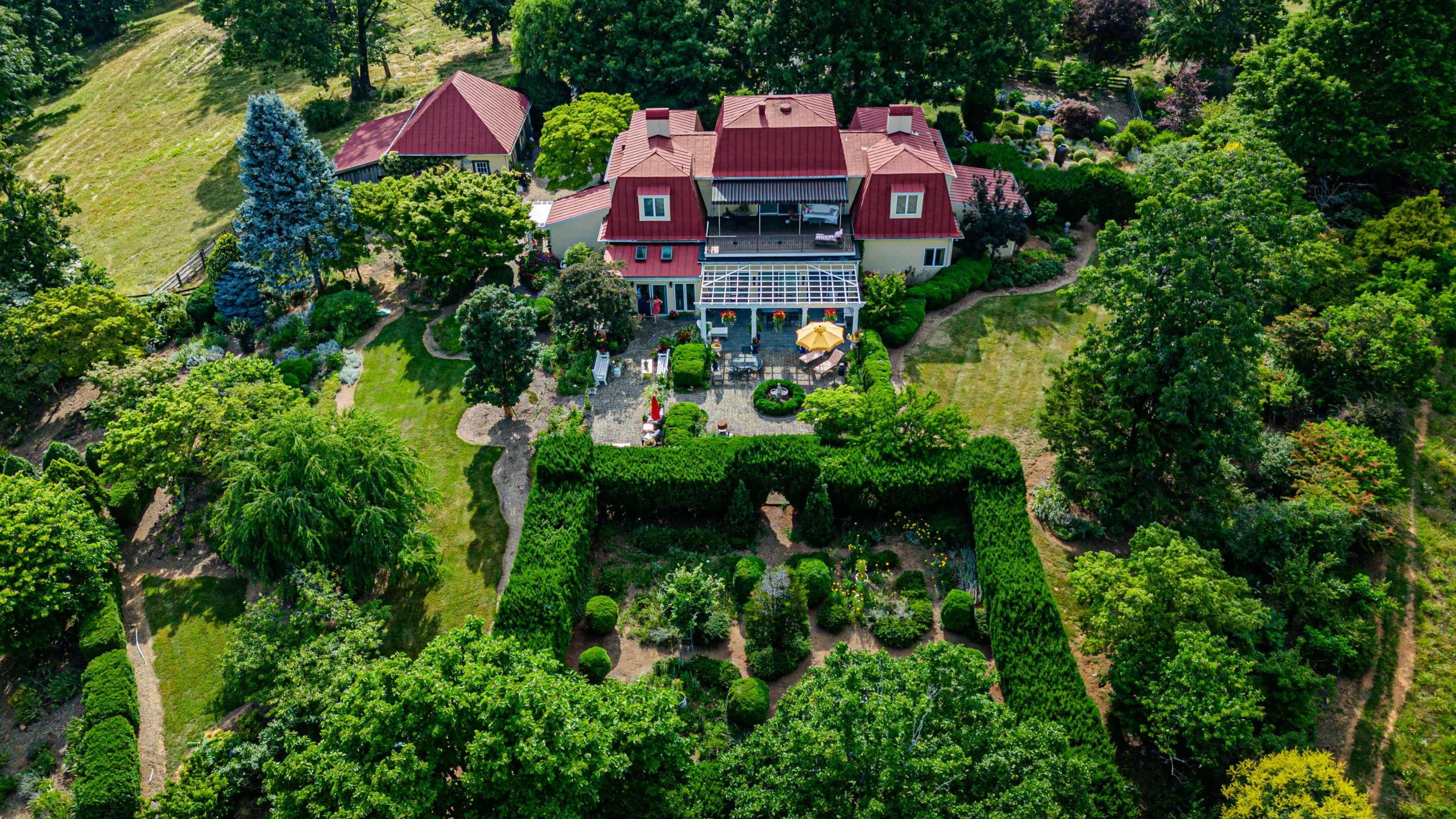Picture the pale pink blooms of mountain laurel. Or perhaps the vibrant yellow-orange of the native flame azalea. Maybe the delicate white bells of American lily of the valley. Or the ephemeral springtime jack-in-the-pulpit and mayapple.
These native plants are praised and prized. You would welcome them into your garden. And yet, as the leading ladies of so many film noir classics remind us: sometimes beauty can be deadly. Each of these plants is among the 25 mostly natives (with a handful of non-native interlopers) documented in The Socrates Project (University of Virginia, 2020), a brief yet compelling booklet with a succinctly to-the-point subtitle: Poisonous Plants in Virginia.
The Socrates Project makes up one-third of a fascinatingly macabre trio of works that also includes The Cleopatra Project (poisonous and venomous animals in Virginia) and the soon-to-come The Claudius Project (poisonous mushrooms in Virginia). The three works represent a joint effort between the all-volunteer Virginia Master Naturalist program, the Blue Ridge Poison Center at UVA Health, and its School of Medicine’s Division of Medical Toxicology. The guides are educational (the grapeleaf skeletonizer caterpillar produces hydrogen cyanide; drinking milk from cows that have consumed white snakeroot can result in an unpleasantness known as “milk sickness”), but also full of interesting tidbits of history and commentary. Monkshood, for example, “is also known as Wolfsbane because its poison is so toxic that it was reputedly once used to kill werewolves” (so far, at least, not a species known to inhabit Virginia, but note for future reference just in case).
“We wanted it to be accessible to everyone, so if we came across an interesting anecdote, we tried to add it in there,” says Heather Borek, M.D., one of The Socrates Project authors, who is also a medical toxicologist, an associate professor at UVA, and the former associate medical director of the Blue Ridge Poison Center.
The Socrates Project includes in its pages a familiar cast of troublemakers: poison ivy, foxglove, nightshade. And there’s jimson weed, which originally, according to the project, was known as “Jamestown weed” thanks to a mass poisoning of British soldiers in Jamestown.
Yet there are also some seemingly innocuous plants, like native azaleas and rhododendrons, that can pack a mean punch. All parts of these flowering beauties are toxic, “even honey made from the nectar,” the guide notes. The sinister-sounding “grayanotoxin” is the troublemaker here, and “grayanotoxin-containing honey, called ‘mad honey,’” can cause “confusion, muscle weakness, low blood pressure, lowered heart rate, seizures, and an irregular heartbeat.”
Thanks, I’ll take my tea plain.
Perhaps less familiar, but decidedly deadly, is water hemlock. It’s “an attractive perennial herbaceous plant,” the guide begins mildly, before gathering steam to point out that “water-hemlock is considered one of North America’s most toxic plants.” Death can occur as fast as within 15 minutes of ingestion; the details are not pleasant.
There are a few unsavory outsiders in the guide as well—non-native plants that have taken root in our Commonwealth. Poison hemlock is famously supposed to have been the death of Socrates (in whose unfortunate honor, of course, The Socrates Project is named). It’s a member of the carrot family, but not one of any self-respecting salad vegetable would want to claim as kin. Something of an impersonation artist, poison hemlock can
in various parts resemble Queen Anne’s lace,
yarrow, wild fennel, elderflower, caraway (seeds), and wild parsnip (roots). Here’s the kicker:
“Even small internal doses can cause respiratory collapse and death,” the guide notes.
Another troublemaker in Virginia and one that you may have seen horror stories about is giant hogweed. True to its name, the plant can grow to a towering 15–18 feet, and it looks like something that might illustrate the pages of a particularly grim work from the Dr. Seuss oeuvre. It’s noted for the severe, blistering, burn-like wounds that can result from contact with the juice or sap. The wounds can leave scars that last for years. Rub it in your eyes and you could go blind. And yet someone, somewhere, sometime in the 19th century or so, thought giant hogweed would make a great ornamental garden plant. And that’s who you can thank should you ever have the misfortune of meeting this plant in person.
More delightful anecdotes like these await you within the pages of The Socrates Project. It’s just the right reading for the spooky season.

This article originally appeared in the October 2024 issue.









